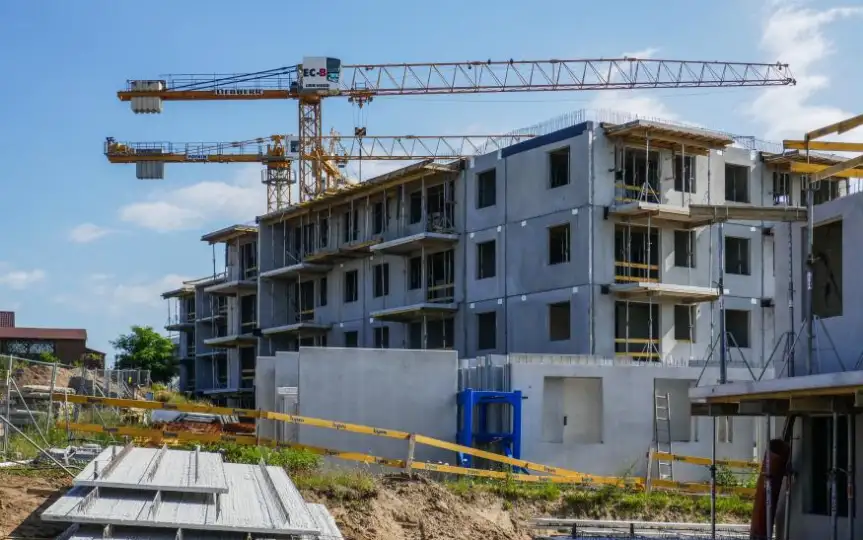Third-Party Test Confirms Strength of Brimstone’s Decarbonized Cement
To conclude the week on a positive note for humanity’s future on this planet, Brimstone, a prominent figure in the industrial decarbonization sector, has recently revealed that its decarbonized cement successfully cleared a vital strength assessment conducted by an independent party. This achievement signifies a significant advancement towards the realization of net-zero construction.
The company’s proprietary Portland cement met the American Society for Testing and Materials (ASTM) C150 standards for building products, demonstrating that it can do anything conventionally manufactured Portland cement can do in construction projects. This is a big deal because Portland cement is not a niche product, accounting for 95 percent of all cement produced in the United States. Chances are, if you’re in a cement building, you’re surrounded by ordinary portland cement (OPC).
Brimstone says carbon negative cement is “in all respects” identical to OPC, including performance, safety and overall chemical composition. The only difference is that it was not produced using traditional methods that consume a lot of carbon dioxide. The company also states that its “strength, machinability, durability and compatibility with steel and other materials” make it an ideal choice “to build structures safely and efficiently”.
There are plenty of other alternative building materials out there, but this is real Portland cement, so introducing Brimstone’s product won’t force “millions of construction workers to retrain to use a new material,” according to CEO Cody Finke. He also mentions that the product is “the same price or cheaper than other alternatives” and “cuts carbon dioxide emissions”.
Because it’s the same industry-standard Portland cement that’s been used for more than 150 years, the company doesn’t have to jump the usual regulatory hurdles when developing a new building material, as the company boasts, “the same buildings, bridges and roads being built today can be built tomorrow without coal.”
How did it pull off such a feat? In traditional cement production, limestone is heated to very high temperatures, releasing large amounts of carbon dioxide embedded in the rock. The flint contained carbon-free calcium silicate rock, so no carbon dioxide is released. In fact, the process produces trace magnesium compounds that absorb the carbon dioxide that is present in the air, making this concrete carbon negative.
It’s no secret that traditional cement is a significant factor in the world’s climate problem, as cement production accounts for 7.5 percent of the world’s carbon dioxide emissions and 5.5 percent of total greenhouse gas emissions. Overall, the construction and real estate industry accounts for 40 percent of global carbon dioxide emissions, so this step toward net zero construction could significantly reduce that amount.
This is of course a very new manufacturing process and Brimstone cement has not yet been widely adopted in industry. The company plans to expand its production to be able to sell its Portland cement at the same price as traditionally produced materials. Brimstone is building a production facility in Reno, Nevada and has already started negotiations with construction companies, real estate companies and various corporate partners.




